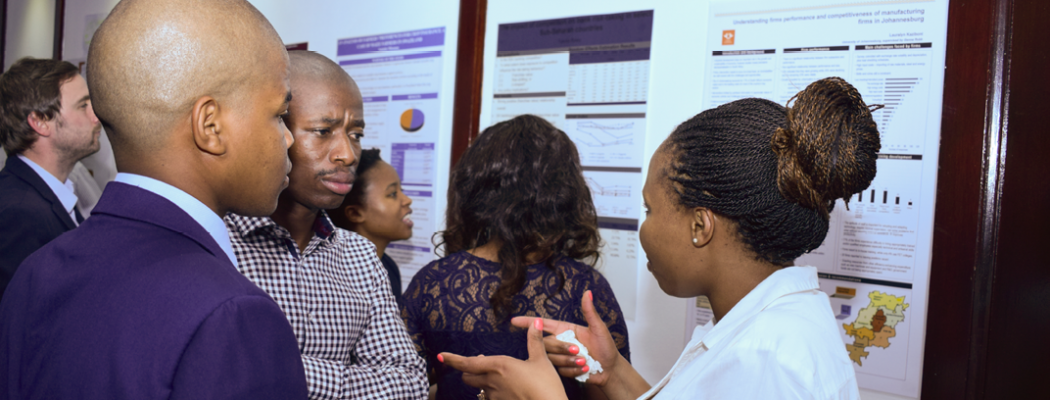The changing nature of hydroclimatic risks across Southern Africa
Abstract:
This study presents results from a large ensemble of projected changes in seasonal precipitation and near-surface air temperature changes for the nation of South Africa. The ensemble is based on a combination of pattern-change responses derived from the Coupled Model Intercomparison Project Phase 5 (CMIP-5) climate models along with the Massachusetts Institute of Technology Integrated Global Systems Model (MIT-IGSM), an intermediate complexity earth-system model coupled to a global economic model that evaluates uncertainty in socio-economic growth, anthropogenic emissions, and global environmental response. Numerical experimentation with the MIT-IGSM considered four scenarios of future climate and socio-economic development to span a range of possible global actions to abate greenhouse gas emissions through the 21st century. We evaluate distributions of surface-air temperature and precipitation change over three regions across South Africa: western (WSoAfr), central (CSoAfr), and eastern (ESoAfr) South Africa. In all regions, by mid-century, we find a strong likelihood (greater than 50%) that temperatures will rise considerably higher than the current climate’s range of variability (a threefold increase over the current climate’s two-standard deviation range of variability). In addition, scenarios that consider more aggressive global climate targets (e.g. 2C and 15C scenarios) all but eliminate the risk of these acutely salient temperature increases. For precipitation, there is a preponderance of risk toward decreased precipitation (3 to 4 times higher than increased) for western and central parts of South Africa. There is a clear benefit seen within the evolving hydroclimatic risks as a result of strong climate targets, such as limiting the global climate warming to 1.5˚C by 2100. We find that the risk of precipitation changes in the 15C scenario toward the end of this century (2065-2074) is nearly identical to that seen in the REF scenario during the 2030s. Thus, the climate risk that may be experienced in a decade as a result of current global actions to reduce emissions could be delayed by 30 years, and would provide invaluable lead-time for national efforts to be put in place to prepare, fortify, and/or adapt to these changing environments of risk.

